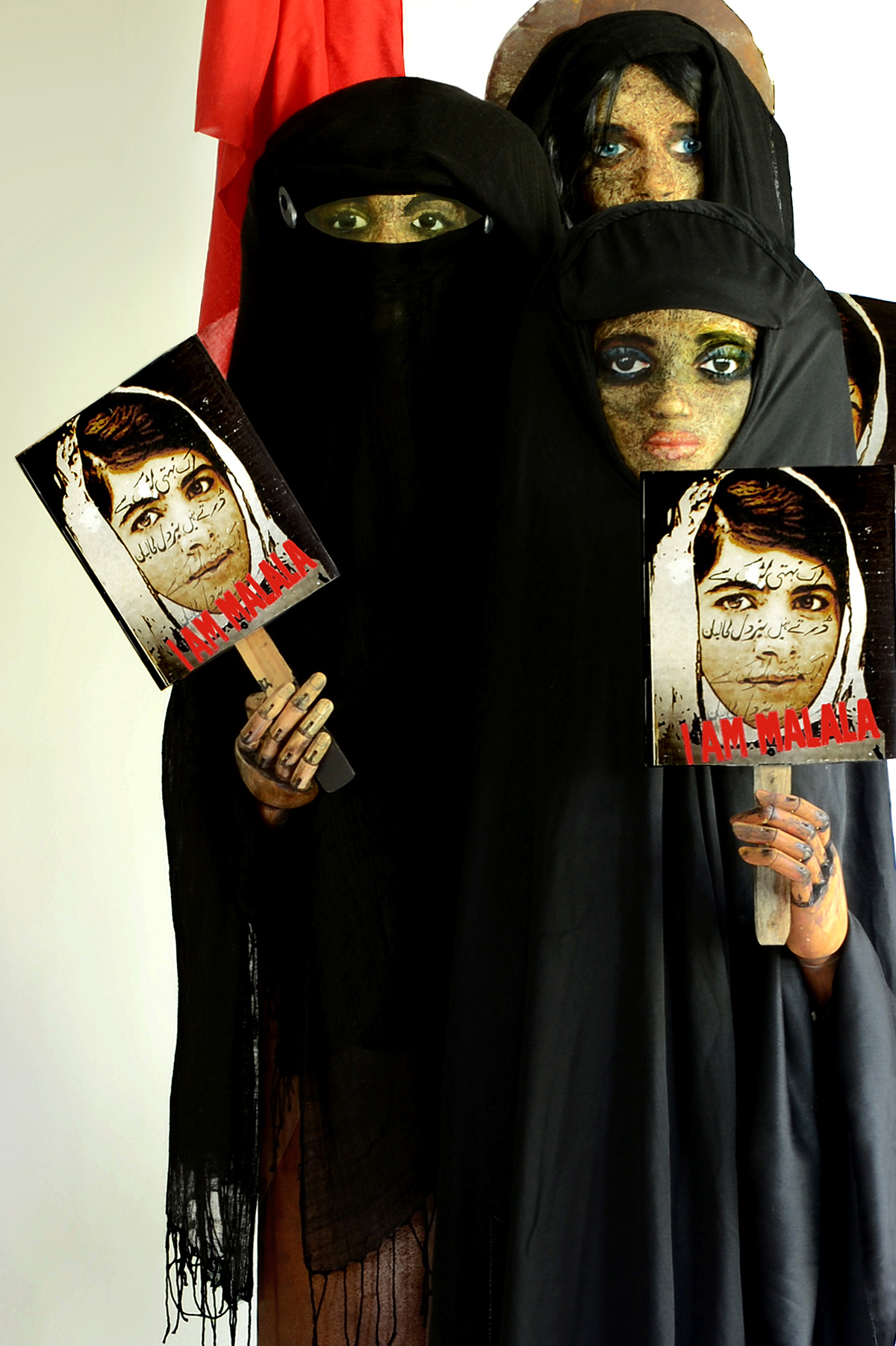
A Survivor of Talibanization Malala Yousafzai was 15 years old in 2015 when she was shot in the left side of her head by a Taliban militant who had boarded her school bus for the purpose of killing her. Malala had been targeted because she spoke out for the rights of girls to be educated in Pakistan and the rest of the world. Although the close range shot was not fatal it was necessary to put Malala into an induced coma to save her life. A metal plate the size of a fist replaced the fragmented bones in her skull and once healed, she required a cochlear implant to assist her hearing. After months of rehabilitation Malala was able to leave the hospital, continue her studies and resume advocacy for female education. Malala wrote in her father’s blog that she “had really two options: one was not to speak and wait to be killed, and the second was to speak up and then be killed. She chose the second one because… there was terrorism, women were not allowed to go outside of their houses, girls’ education was totally banned, people were killed…I needed to raise my voice because I wanted to go back to school.” 1 Malala was a victim of Talibanization and the radical interpretation of Islam. By attacking her, the Taliban attempted to warn girls not to attempt to get an education. However an opposite reaction occurred after the attack on Malala’s life and her followers multiplied across the country with school girls joining protests against the brutality and doctrine of the Taliban and supporting her by carrying posters proclaiming “I Am Malala.” In 2011 she was nominated for the International Children’s Peace Prize and was awarded Pakistan’s National Youth Peace Prize. In 2013, on her 16th birthday, she gave a speech at the United Nations. In the same year her autobiography was released: “I Am Malala; The Girl Who Stood Up For Education and Was Shot by the Taliban.” In October 2014, at age 17, Malala became the youngest person to receive the Nobel Peace Prize, along with Indian children's rights activist Kailash Satyarthi. In her acceptance speech Malala states that the award is just the beginning of her life’s work which is to see that every child, in every part of the world, has the right to attend school, to have a quality education, and to live a happy life. Worldwide an estimated 50 million children are currently being denied education. (click to continue)
1. Hines, Nico, The Daily Beast “Malala Yousafzai is the Youngest Nobel Peace Prize Winner in History” October,1014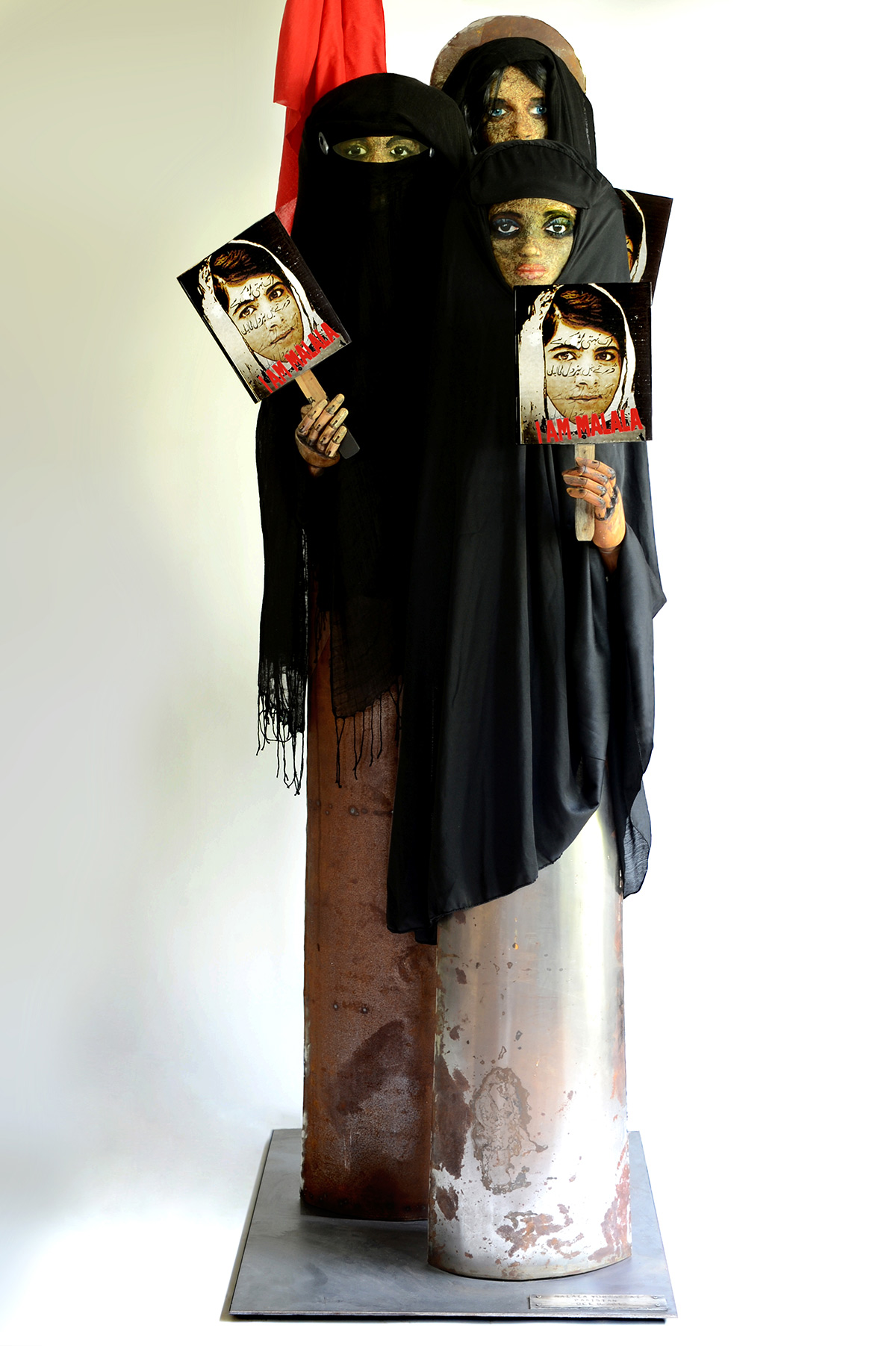
A Survivor of Talibanization Malala Yousafzai was 15 years old in 2015 when she was shot in the left side of her head by a Taliban militant who had boarded her school bus for the purpose of killing her. Malala had been targeted because she spoke out for the rights of girls to be educated in Pakistan and the rest of the world. Although the close range shot was not fatal it was necessary to put Malala into an induced coma to save her life. A metal plate the size of a fist replaced the fragmented bones in her skull and once healed, she required a cochlear implant to assist her hearing. After months of rehabilitation Malala was able to leave the hospital, continue her studies and resume advocacy for female education. Malala wrote in her father’s blog that she “had really two options: one was not to speak and wait to be killed, and the second was to speak up and then be killed. She chose the second one because… there was terrorism, women were not allowed to go outside of their houses, girls’ education was totally banned, people were killed…I needed to raise my voice because I wanted to go back to school.” 1 Malala was a victim of Talibanization and the radical interpretation of Islam. By attacking her, the Taliban attempted to warn girls not to attempt to get an education. However an opposite reaction occurred after the attack on Malala’s life and her followers multiplied across the country with school girls joining protests against the brutality and doctrine of the Taliban and supporting her by carrying posters proclaiming “I Am Malala.” In 2011 she was nominated for the International Children’s Peace Prize and was awarded Pakistan’s National Youth Peace Prize. In 2013, on her 16th birthday, she gave a speech at the United Nations. In the same year her autobiography was released: “I Am Malala; The Girl Who Stood Up For Education and Was Shot by the Taliban.” In October 2014, at age 17, Malala became the youngest person to receive the Nobel Peace Prize, along with Indian children's rights activist Kailash Satyarthi. In her acceptance speech Malala states that the award is just the beginning of her life’s work which is to see that every child, in every part of the world, has the right to attend school, to have a quality education, and to live a happy life. Worldwide an estimated 50 million children are currently being denied education. (click to continue)
1. Hines, Nico, The Daily Beast “Malala Yousafzai is the Youngest Nobel Peace Prize Winner in History” October,1014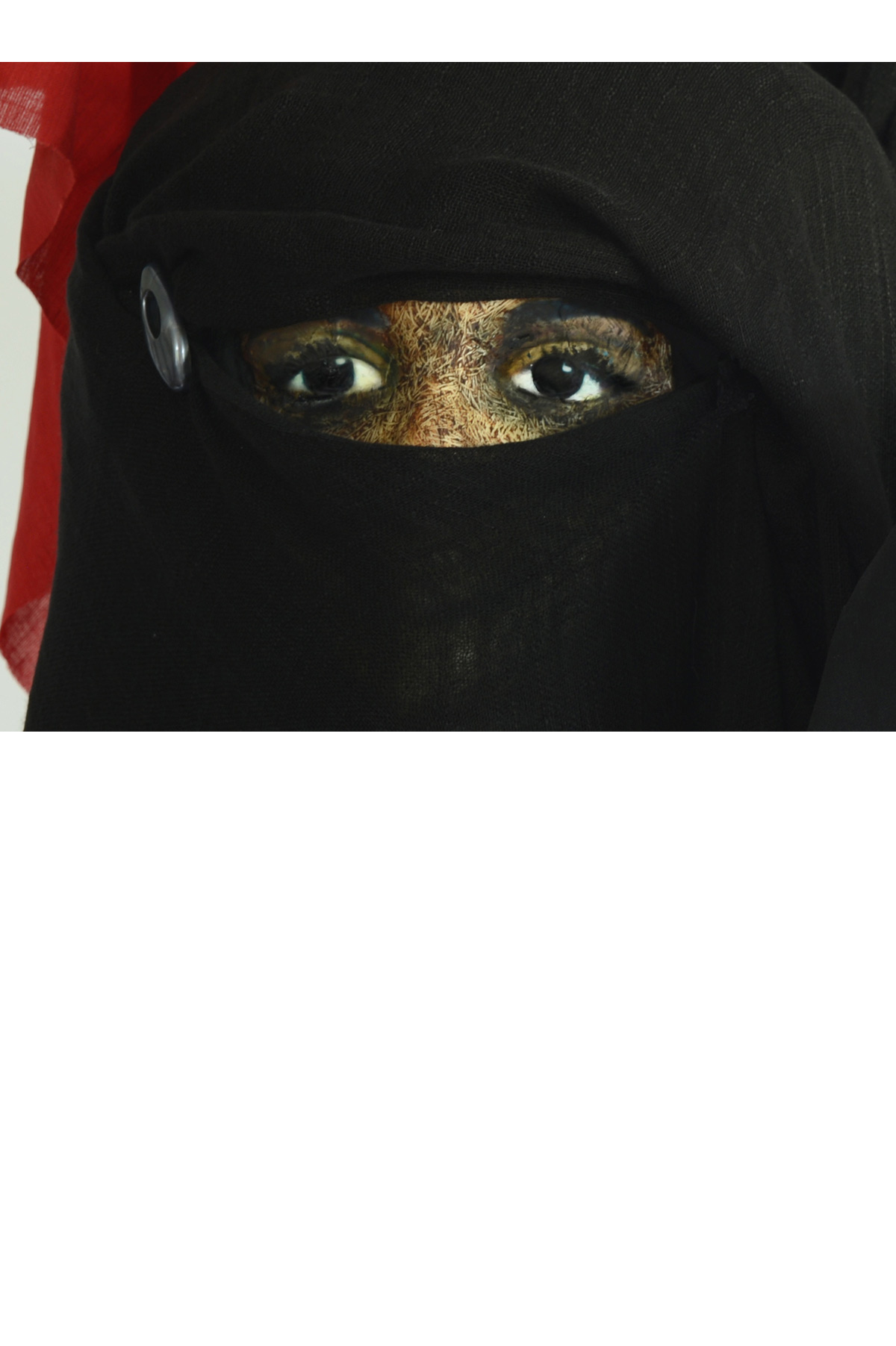
A Survivor of Talibanization Malala Yousafzai was 15 years old in 2015 when she was shot in the left side of her head by a Taliban militant who had boarded her school bus for the purpose of killing her. Malala had been targeted because she spoke out for the rights of girls to be educated in Pakistan and the rest of the world. Although the close range shot was not fatal it was necessary to put Malala into an induced coma to save her life. A metal plate the size of a fist replaced the fragmented bones in her skull and once healed, she required a cochlear implant to assist her hearing. After months of rehabilitation Malala was able to leave the hospital, continue her studies and resume advocacy for female education. Malala wrote in her father’s blog that she “had really two options: one was not to speak and wait to be killed, and the second was to speak up and then be killed. She chose the second one because… there was terrorism, women were not allowed to go outside of their houses, girls’ education was totally banned, people were killed…I needed to raise my voice because I wanted to go back to school.” 1 Malala was a victim of Talibanization and the radical interpretation of Islam. By attacking her, the Taliban attempted to warn girls not to attempt to get an education. However an opposite reaction occurred after the attack on Malala’s life and her followers multiplied across the country with school girls joining protests against the brutality and doctrine of the Taliban and supporting her by carrying posters proclaiming “I Am Malala.” In 2011 she was nominated for the International Children’s Peace Prize and was awarded Pakistan’s National Youth Peace Prize. In 2013, on her 16th birthday, she gave a speech at the United Nations. In the same year her autobiography was released: “I Am Malala; The Girl Who Stood Up For Education and Was Shot by the Taliban.” In October 2014, at age 17, Malala became the youngest person to receive the Nobel Peace Prize, along with Indian children's rights activist Kailash Satyarthi. In her acceptance speech Malala states that the award is just the beginning of her life’s work which is to see that every child, in every part of the world, has the right to attend school, to have a quality education, and to live a happy life. Worldwide an estimated 50 million children are currently being denied education. 1. Hines, Nico, The Daily Beast “Malala Yousafzai is the Youngest Nobel Peace Prize Winner in History” October,1014
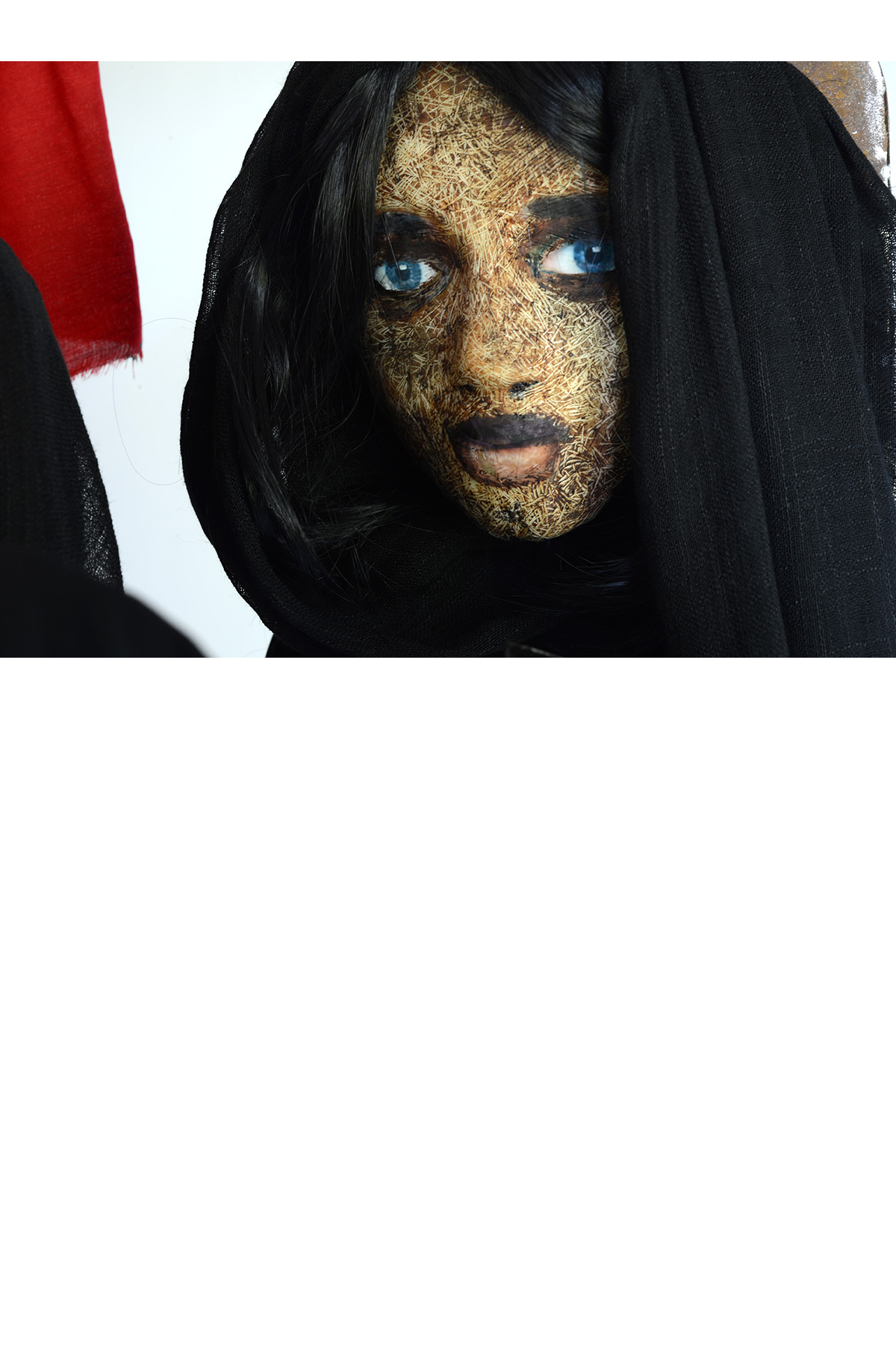
A Survivor of Talibanization Malala Yousafzai was 15 years old in 2015 when she was shot in the left side of her head by a Taliban militant who had boarded her school bus for the purpose of killing her. Malala had been targeted because she spoke out for the rights of girls to be educated in Pakistan and the rest of the world. Although the close range shot was not fatal it was necessary to put Malala into an induced coma to save her life. A metal plate the size of a fist replaced the fragmented bones in her skull and once healed, she required a cochlear implant to assist her hearing. After months of rehabilitation Malala was able to leave the hospital, continue her studies and resume advocacy for female education. Malala wrote in her father’s blog that she “had really two options: one was not to speak and wait to be killed, and the second was to speak up and then be killed. She chose the second one because… there was terrorism, women were not allowed to go outside of their houses, girls’ education was totally banned, people were killed…I needed to raise my voice because I wanted to go back to school.” 1 Malala was a victim of Talibanization and the radical interpretation of Islam. By attacking her, the Taliban attempted to warn girls not to attempt to get an education. However an opposite reaction occurred after the attack on Malala’s life and her followers multiplied across the country with school girls joining protests against the brutality and doctrine of the Taliban and supporting her by carrying posters proclaiming “I Am Malala.” In 2011 she was nominated for the International Children’s Peace Prize and was awarded Pakistan’s National Youth Peace Prize. In 2013, on her 16th birthday, she gave a speech at the United Nations. In the same year her autobiography was released: “I Am Malala; The Girl Who Stood Up For Education and Was Shot by the Taliban.” In October 2014, at age 17, Malala became the youngest person to receive the Nobel Peace Prize, along with Indian children's rights activist Kailash Satyarthi. In her acceptance speech Malala states that the award is just the beginning of her life’s work which is to see that every child, in every part of the world, has the right to attend school, to have a quality education, and to live a happy life. Worldwide an estimated 50 million children are currently being denied education. 1. Hines, Nico, The Daily Beast “Malala Yousafzai is the Youngest Nobel Peace Prize Winner in History” October,1014
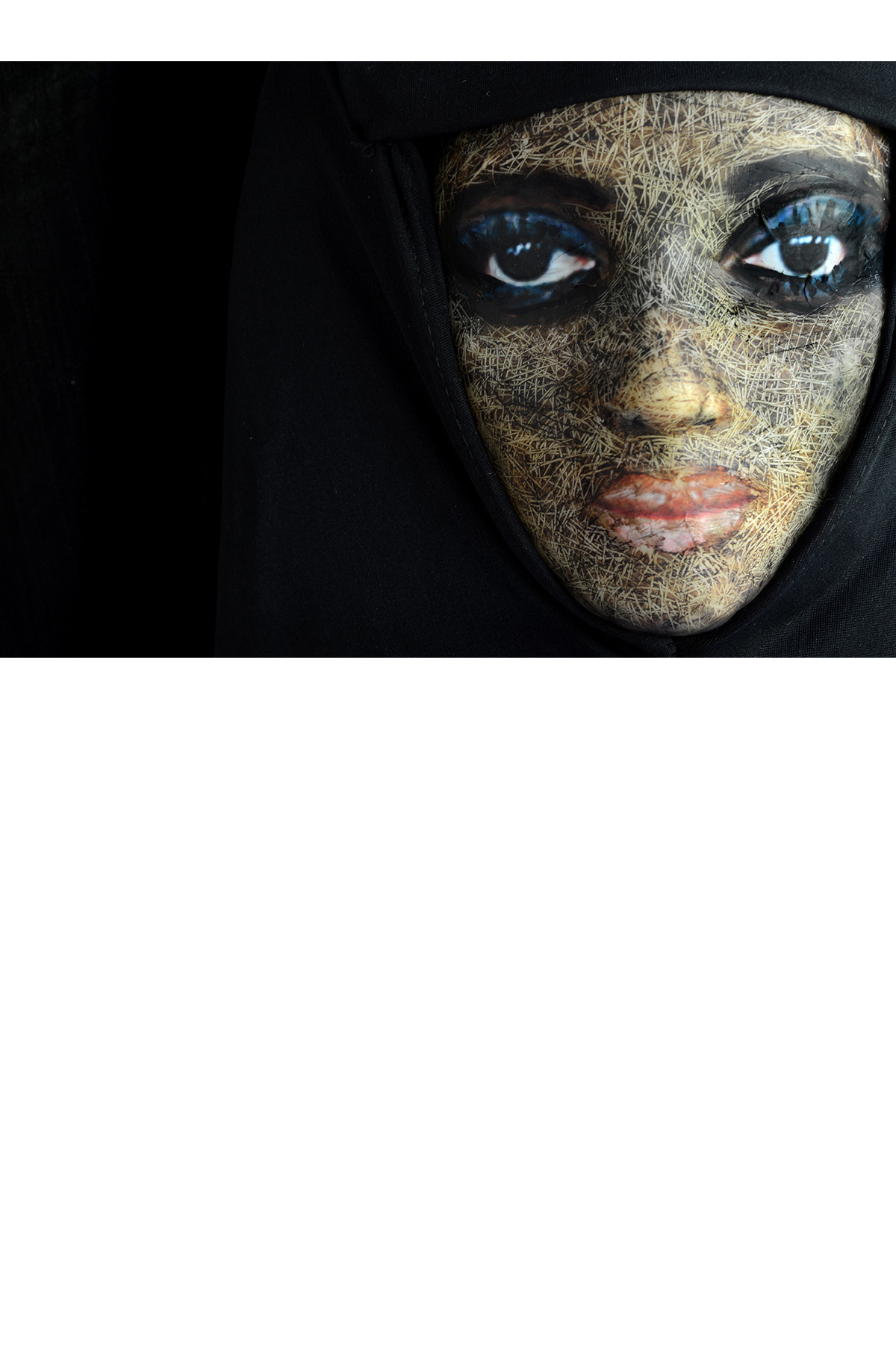
A Survivor of Talibanization Malala Yousafzai was 15 years old in 2015 when she was shot in the left side of her head by a Taliban militant who had boarded her school bus for the purpose of killing her. Malala had been targeted because she spoke out for the rights of girls to be educated in Pakistan and the rest of the world. Although the close range shot was not fatal it was necessary to put Malala into an induced coma to save her life. A metal plate the size of a fist replaced the fragmented bones in her skull and once healed, she required a cochlear implant to assist her hearing. After months of rehabilitation Malala was able to leave the hospital, continue her studies and resume advocacy for female education. Malala wrote in her father’s blog that she “had really two options: one was not to speak and wait to be killed, and the second was to speak up and then be killed. She chose the second one because… there was terrorism, women were not allowed to go outside of their houses, girls’ education was totally banned, people were killed…I needed to raise my voice because I wanted to go back to school.” 1 Malala was a victim of Talibanization and the radical interpretation of Islam. By attacking her, the Taliban attempted to warn girls not to attempt to get an education. However an opposite reaction occurred after the attack on Malala’s life and her followers multiplied across the country with school girls joining protests against the brutality and doctrine of the Taliban and supporting her by carrying posters proclaiming “I Am Malala.” In 2011 she was nominated for the International Children’s Peace Prize and was awarded Pakistan’s National Youth Peace Prize. In 2013, on her 16th birthday, she gave a speech at the United Nations. In the same year her autobiography was released: “I Am Malala; The Girl Who Stood Up For Education and Was Shot by the Taliban.” In October 2014, at age 17, Malala became the youngest person to receive the Nobel Peace Prize, along with Indian children's rights activist Kailash Satyarthi. In her acceptance speech Malala states that the award is just the beginning of her life’s work which is to see that every child, in every part of the world, has the right to attend school, to have a quality education, and to live a happy life. Worldwide an estimated 50 million children are currently being denied education. 1. Hines, Nico, The Daily Beast “Malala Yousafzai is the Youngest Nobel Peace Prize Winner in History” October,1014